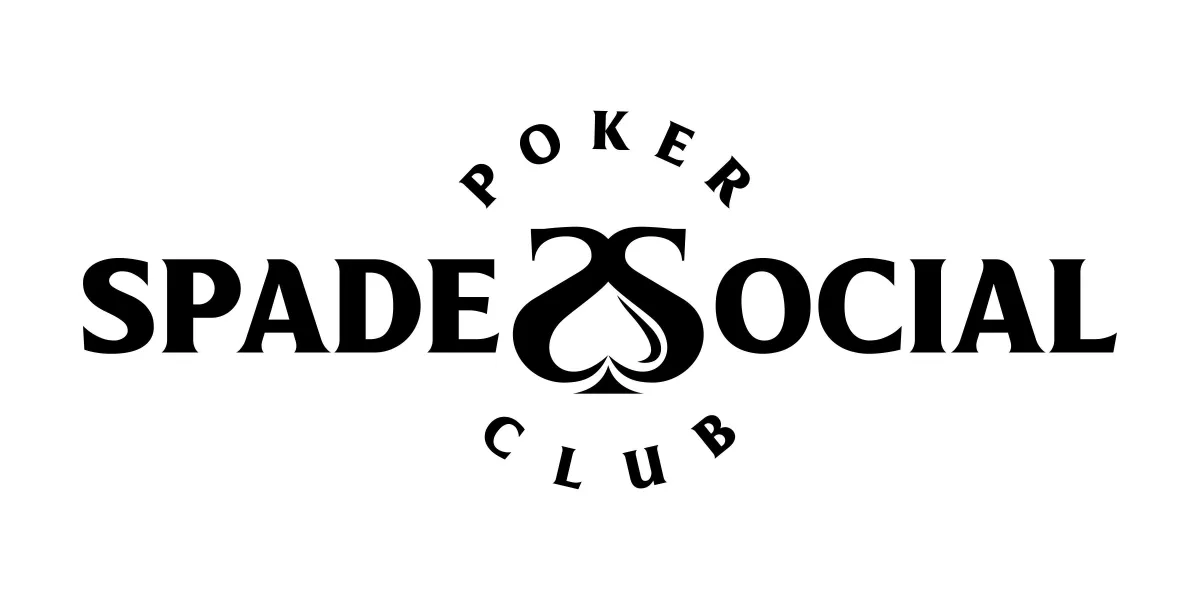Spades Social Poker Club
Blog

The Ideal Poker Buy-in Average for Winning Players
The Ideal Poker Buy-in Average for Winning Players
Embarking on the journey to become a profitable poker player involves much more than mastering strategies on the felt; it equally demands savvy financial management off it.
Particularly, the question of the perfect buy-in amount often looms large, striking a delicate balance between risk and potential reward.
Understanding this balance could very well be the linchpin in your pursuit of long-term success in the poker arena.
When navigating the complex terrain of poker economics, a well-considered approach to buy-in levels could dictate the trajectory of your poker career.
Keep reading as we unravel the mysteries behind selecting the ideal buy-in average that aligns with winning players' ambitions.
Understanding Poker Bankroll Management for Success
Grasping the intricacies of poker bankroll management marks a pivotal step towards long-term success at the tables.
It's a journey that begins with a clear assessment of your current financial standing and its limitations when participating in poker games.
As someone who's navigated this path, I've learned the importance of not just understanding but mastering the selection of buy-ins tailored to various types of poker games.
This skill not only preserves your bankroll but also positions you to capitalize on opportunities that align with your financial strategy and skill set.
Let's explore how to accurately size up your bankroll and make informed choices about buy-in amounts that can significantly boost your winning potential, without risking financial strain.
Calculate Your Current Bankroll’s Size and Limitations
Stepping into the realm of poker, one of the first tasks I undertook was evaluating the size of my bankroll, determining how it stacked against the variances and swings inherent in the game. This exercise wasn't about pinning down an exact number but framing a realistic snapshot of my financial elasticity, ensuring I could weather the ebbs and flows without tipping into discomfort.
In this process, identifying the upper limit of my bankroll wasn't merely about setting a numerical ceiling; it was an exercise in self-awareness. By gauging not only what I could afford to lose but also what I was comfortable risking, I laid the groundwork for informed decisions on buy-ins, contributing significantly to a strategy focused on long-term growth rather than immediate gains.
PART 2 Drops on 04/05/24
Show your hand with
a review
Powered by Nana.Mom
